-
A paddle into Labrador Lake rewarded me with a spectacular early colour display. © BCP 2010
As much as I love observing nature in the city, sometimes there’s no substitute for getting out of it. And when that feeling takes over, I usually take off to one of two places: Algonquin Park or the Madawaska Valley. They’re the two places where I feel the most alive, where I feel the most at one with the universe. Where I get out of my own skin and begin to blend in the with trees, the rocks, the water, and all the living things that exist in the spaces in between.
This past week I made the long trek north and east to the Madawaska and was wonderfully rewarded for my efforts. The hardwoods were just beginning to change. Here and there, sugar maples were blazing a fiery red while the white birches were glowing a soft ochre.
I wanted to feel completely surrounded by the beauty, so I paddled — the only way in — into Labrador Lake, a tiny but almost perfectly circular lake that bears no human mark. There, in the middle of the lake, I had a 360-degree experience of autumn’s majesty. My only regret is that I don’t have a camera lens with a wide-enough angle to capture the sensation of being surrounded by water and trees.
Above is a photo of a little piece of the shoreline at Labrador Lake, taken from my canoe. You can see that it was a bit overcast, but the grey skies didn’t dull the foliage display.
-
The cabin at Joe’s Pond looks harmless enough on a bright sunny fall morning. © BCP 2010
On a sunnier day, I took a walk to a little pond known locally as Joe’s Pond. No one seems to know who it was named after. There’s a cabin at the pond that might have been used in years gone by, but for a long time now it has been abandoned. The cabin, now quite bedraggled, is not too menacing during the daytime, but I think I’d give it a wide berth at night.
Whenever I’m on these trails, I’m always looking over my shoulder for bears. There’s no doubt that there is the odd bear in these woods — they’ve been seen, after all — but it’s much much more likely to see a white-tailed deer in the bush than any other quadruped.
On this visit, however, I saw neither bear nor deer. A few birds — some flycatchers, I think. But mostly the pond and woods were quiet. I did see one female duck, a mallard I’m pretty sure, busily scooping up subaquatic vegetation in the shallows by the shore.
How blessed we are in this country to have so many special places like this, with our endless woods and thousands upon thousands of lakes and ponds. It’s good to remember now and then.
© BCP 2010
-
Joe’s Pond, another tiny bit of heaven in the Madawaska Valley. © BCP 2010


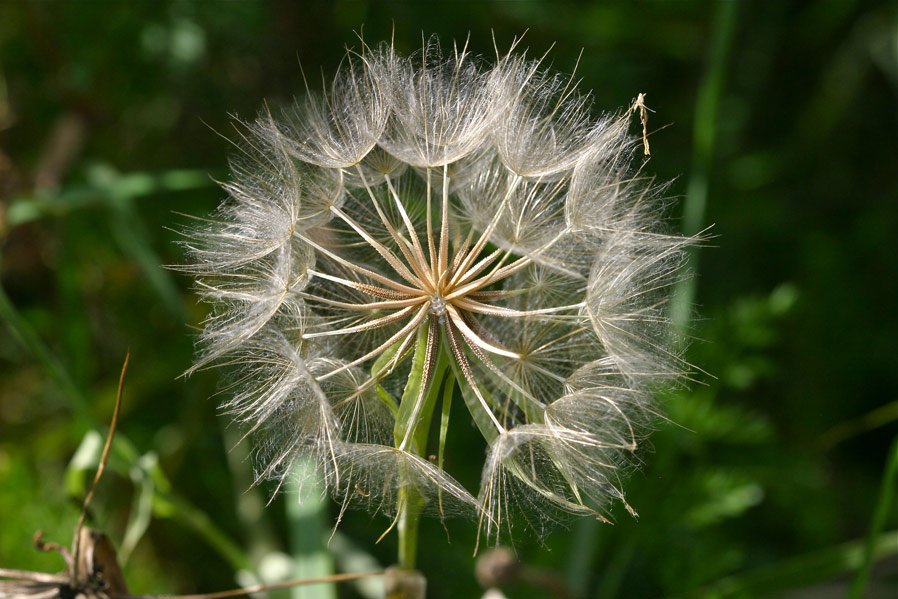
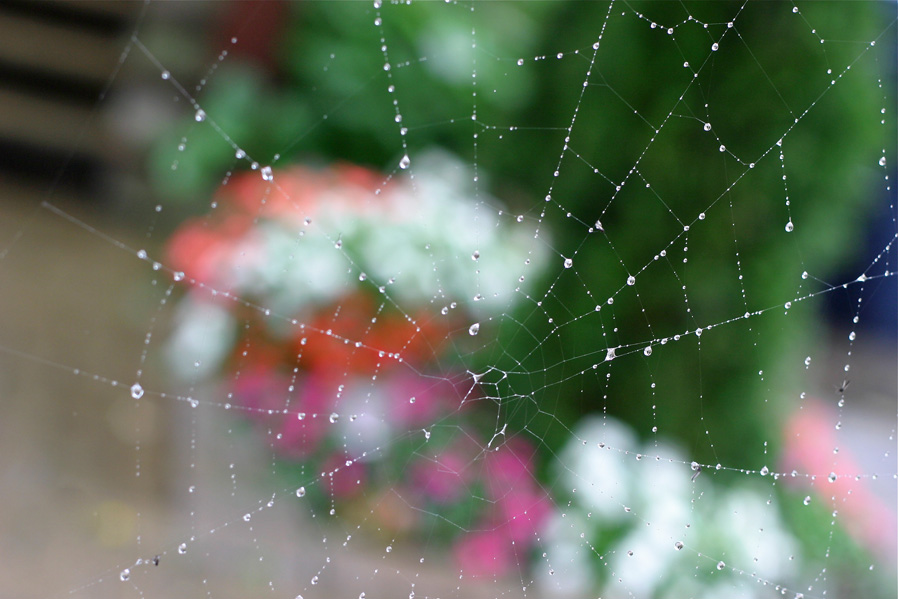
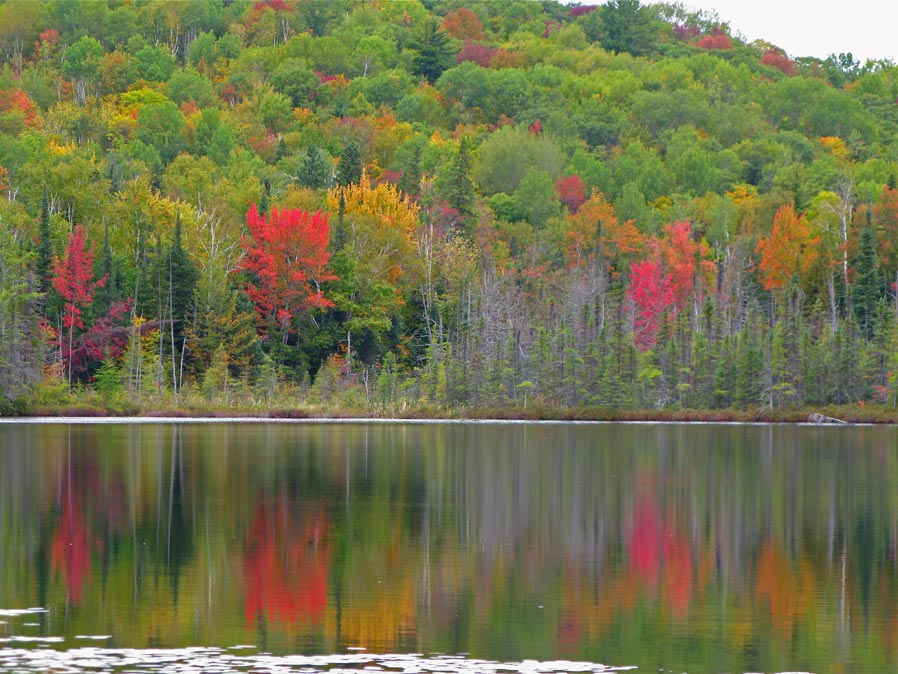
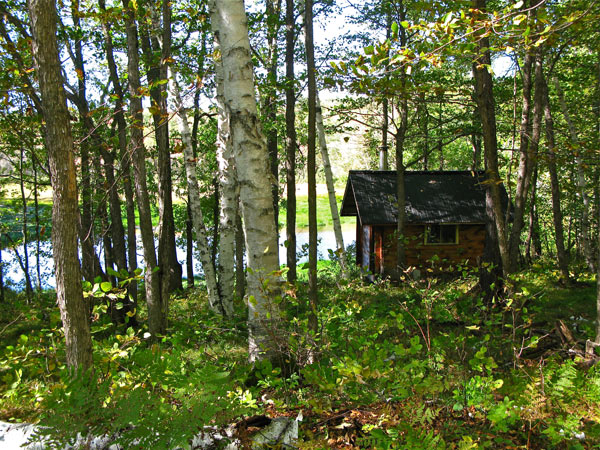
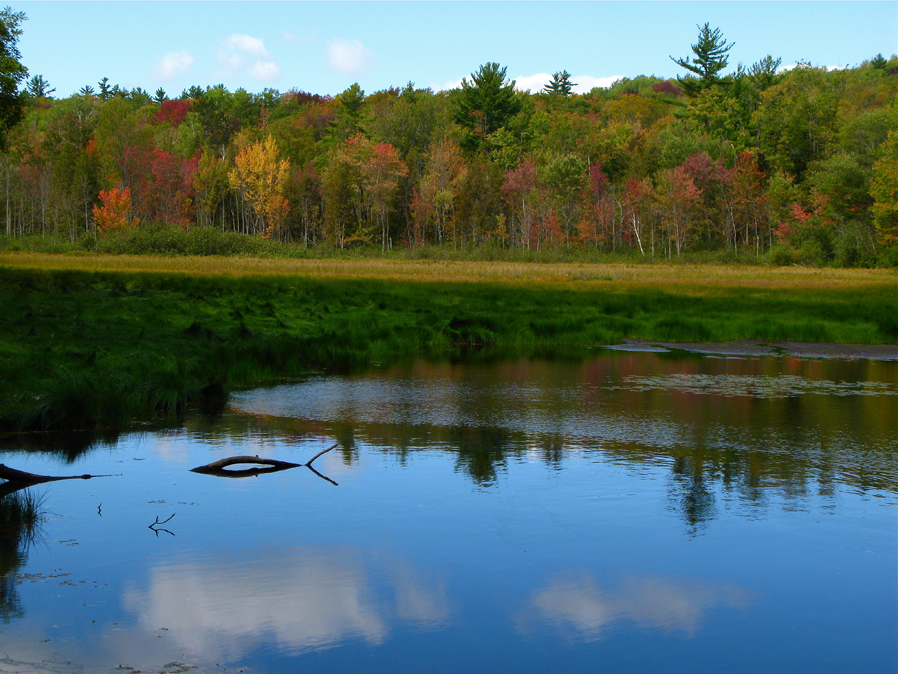
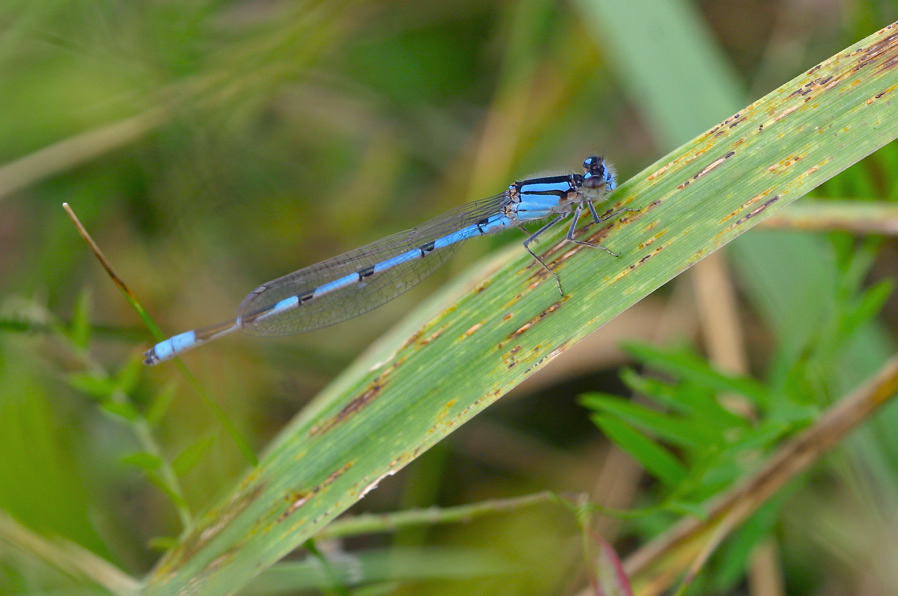
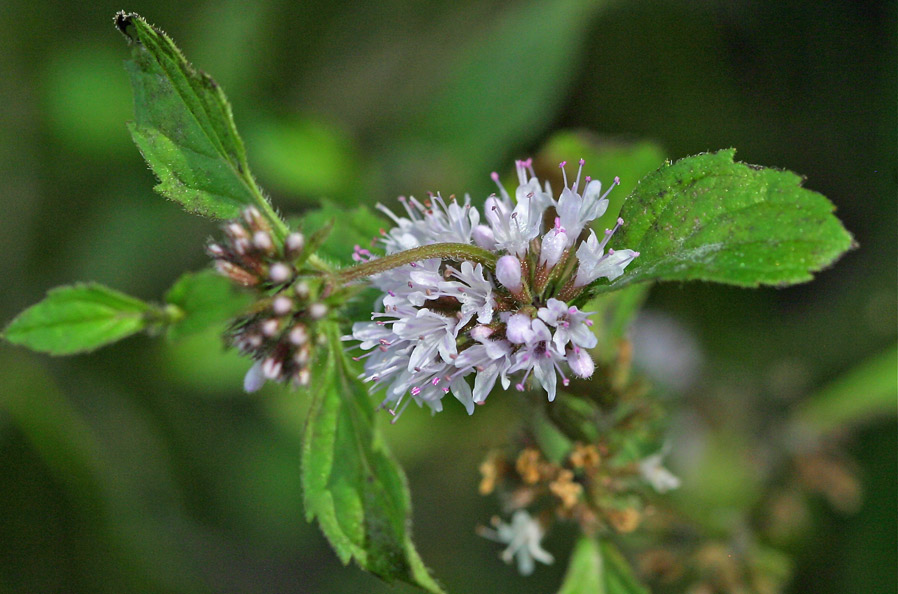

no comments